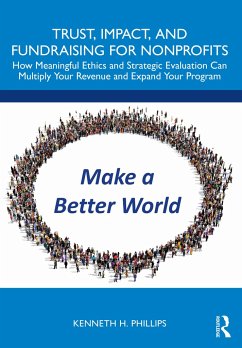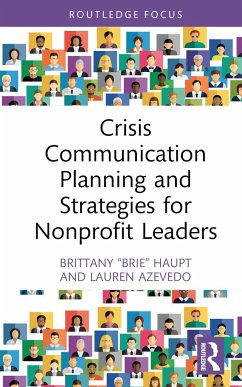
Philanthropy and Society
Versandkostenfrei!
Versandfertig in 1-2 Wochen
41,99 €
inkl. MwSt.
Weitere Ausgaben:

PAYBACK Punkte
21 °P sammeln!
A comprehensive introduction to the field of philanthropy, Philanthropy and Society challenges the reader to think deeply about the role of philanthropic institutions in shaping and bettering the communities they serve and civil society as a whole.













